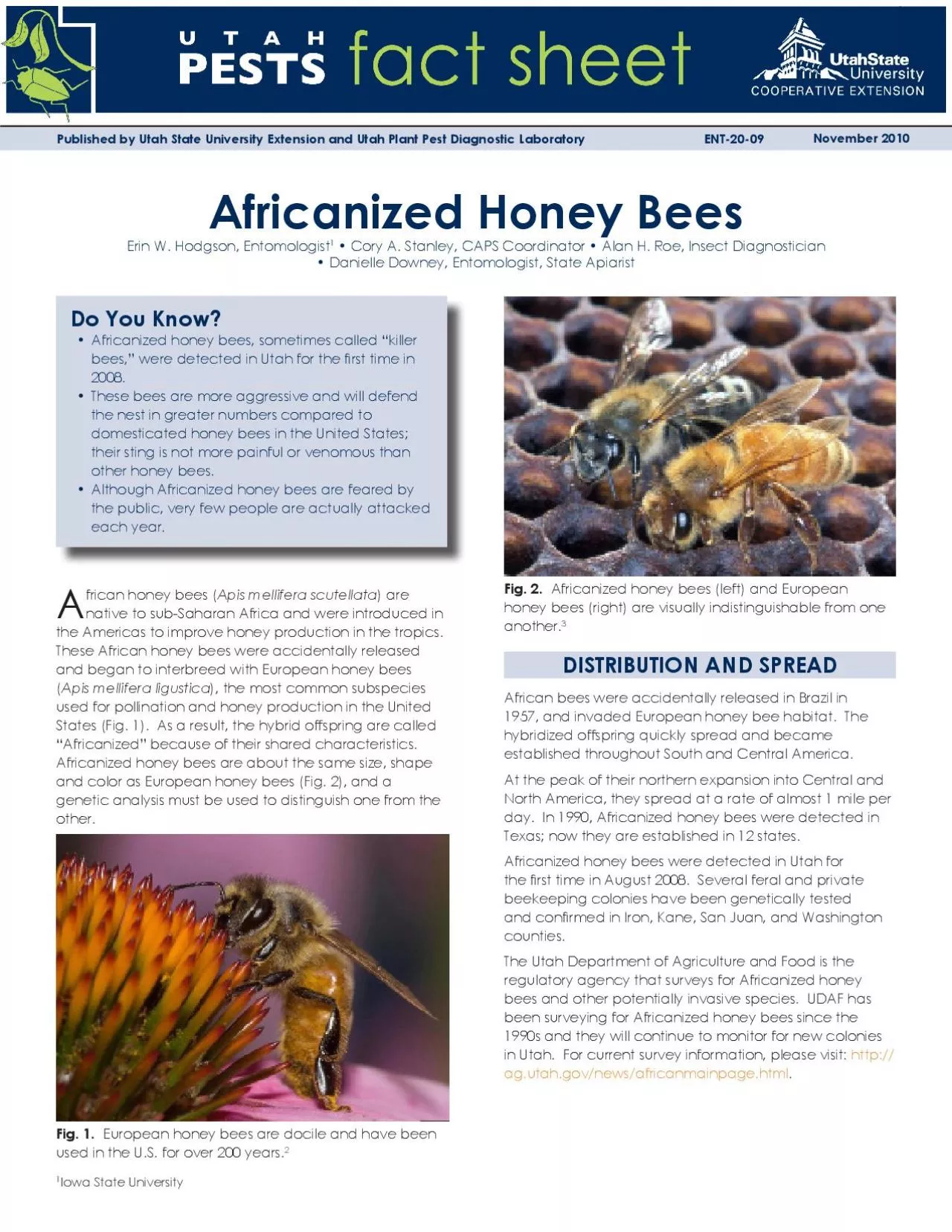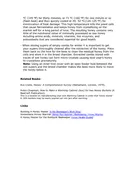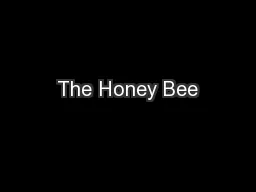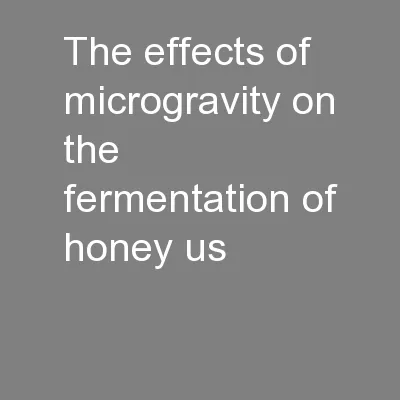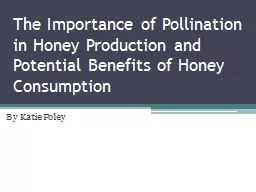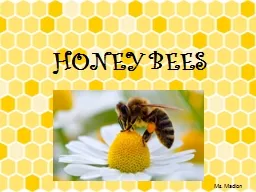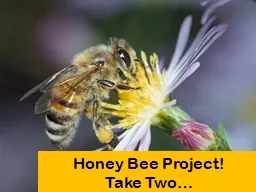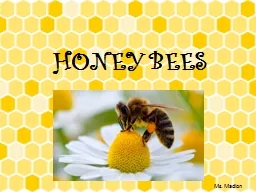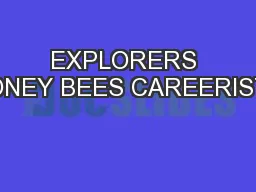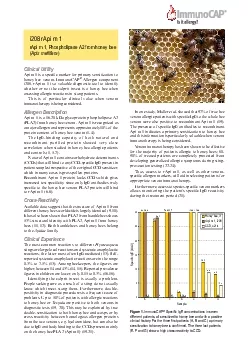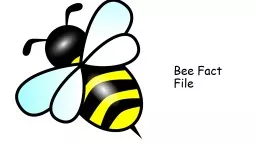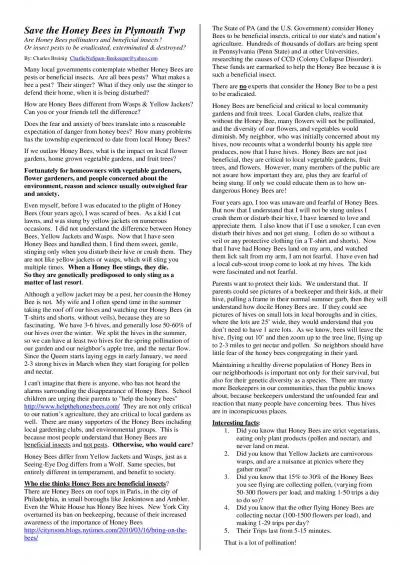PDF-the Americas to improve honey production in the tropics
Author : okelly | Published Date : 2022-08-16
Published by Utah State University Extension and Utah Plant Pest Diagnostic Laboratory November 2010 ENT2009 European honey bees are docile and have been Bees are
Presentation Embed Code
Download Presentation
Download Presentation The PPT/PDF document "the Americas to improve honey production..." is the property of its rightful owner. Permission is granted to download and print the materials on this website for personal, non-commercial use only, and to display it on your personal computer provided you do not modify the materials and that you retain all copyright notices contained in the materials. By downloading content from our website, you accept the terms of this agreement.
the Americas to improve honey production in the tropics: Transcript
Download Rules Of Document
"the Americas to improve honey production in the tropics"The content belongs to its owner. You may download and print it for personal use, without modification, and keep all copyright notices. By downloading, you agree to these terms.
Related Documents

